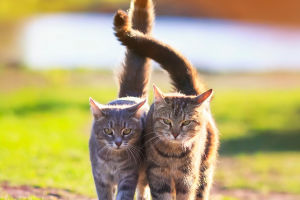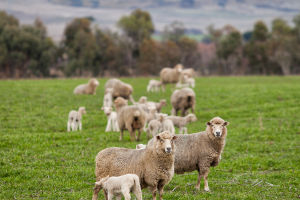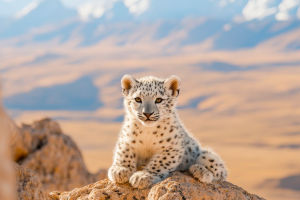Hello Lykkers! Animal welfare science may sound like a technical field, but at its core, it's about empathy backed by evidence. It focuses on measuring how animals feel and function in different environments and how humans can meet their needs more responsibly.
Whether it's a working animal, a farm resident, or a household companion, animal welfare science looks beyond survival—it asks: are they thriving?
In this guide, we'll walk you through what it means to assess animal well-being using scientific methods and how you can support or apply humane, thoughtful practices in everyday life.
Part 1: Understanding Animal Well-Being
Before we can improve animal welfare, we first need to know how animals experience the world. This part helps you learn how professionals assess well-being and how you might notice key signs, too.
The Five Freedoms Framework
When thinking about animal welfare, one of the most helpful tools is the "Five Freedoms" model. It outlines what every animal should ideally have:
Freedom from hunger and thirst
Freedom from discomfort
Freedom from pain or disease
Freedom to express natural behavior
Freedom from fear and distress
You can use these freedoms as a guide when observing animals in various settings. Is the animal showing calm, relaxed movements? Is it grooming, playing, or socializing naturally? If not, something might be off.
Signs You Can Watch For
Welfare experts often rely on both behavioral and physical clues. For instance, a healthy coat, steady appetite, and normal social interactions often indicate well-being. Meanwhile, pacing, hiding, or aggression can suggest stress or discomfort.
And remember, context matters—each species expresses well-being in its own way. You wouldn't expect a parrot and a goat to show happiness in the same form, but both need social interaction, physical comfort, and mental stimulation.
Measuring Welfare Scientifically
You'll find that animal scientists use a variety of tools to evaluate well-being: heart rate monitors, behavioral observation sheets, even vocal analysis for certain species. These help take the guesswork out of understanding how an animal is doing, especially in settings like zoos, shelters, or research facilities.
Part 2: Promoting Humane Practices
Once you understand how to assess welfare, the next step is supporting or designing practices that keep animals healthy and content. This part gives you practical insight into making a difference.
Designing Better Environments
You can think of an animal's environment like its daily stage—everything from light and noise to temperature and space matters. Whether it's a pasture, tank, or kennel, it should offer choices, comfort, and chances for natural behavior.
For example, you might see more shelters adding elevated platforms for cats or hiding spaces for rabbits—small changes that make a big emotional difference. When animals can control part of their environment, like where they rest or eat, they often become calmer and more confident.
The Power of Enrichment
Enrichment is all about keeping animals mentally and physically stimulated. It could be a puzzle feeder for a chimpanzee, a ball for a lion, or even scent trails for dogs. You'll notice how quickly animals engage when they're offered something new and meaningful.
If you care for animals yourself, try rotating toys, varying feeding routines, or even offering new textures or scents to explore. These little surprises can brighten an animal's day—and yours too.
Supporting Welfare Through Awareness
Even if you're not an animal scientist, you still play a big role. When you choose to visit animal attractions, adopt pets, or buy animal-based products, you can look for welfare certifications or ask about standards.
By supporting organizations that value transparency and evidence-based care, you help raise the bar for everyone. And by spreading what you've learned, you help others become more thoughtful, too.
Lykkers, animal welfare science is more than a checklist—it's a growing, evolving field that brings compassion and logic together. From reading animal cues to creating kinder spaces, there's always more to discover and apply.
Whether you're visiting a sanctuary, caring for a pet, or simply curious about animal lives, your awareness shapes the future. When animals thrive, so do we—because kindness ripples through every corner of the world.


